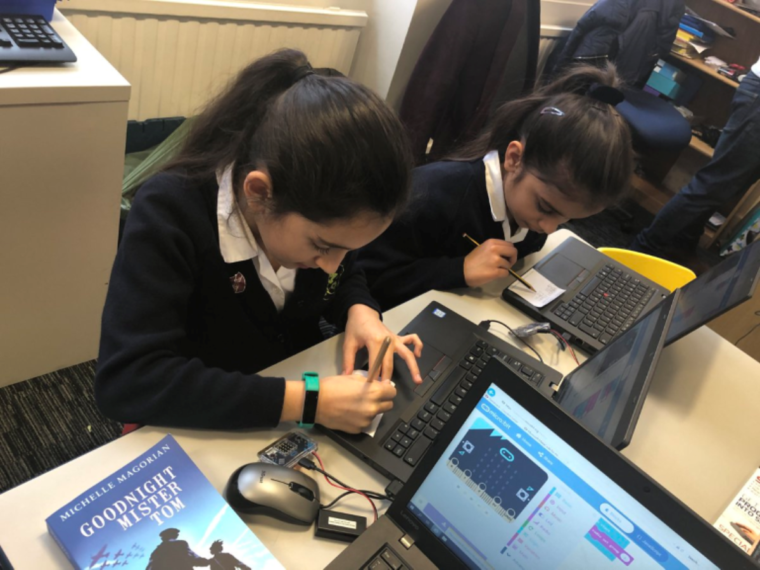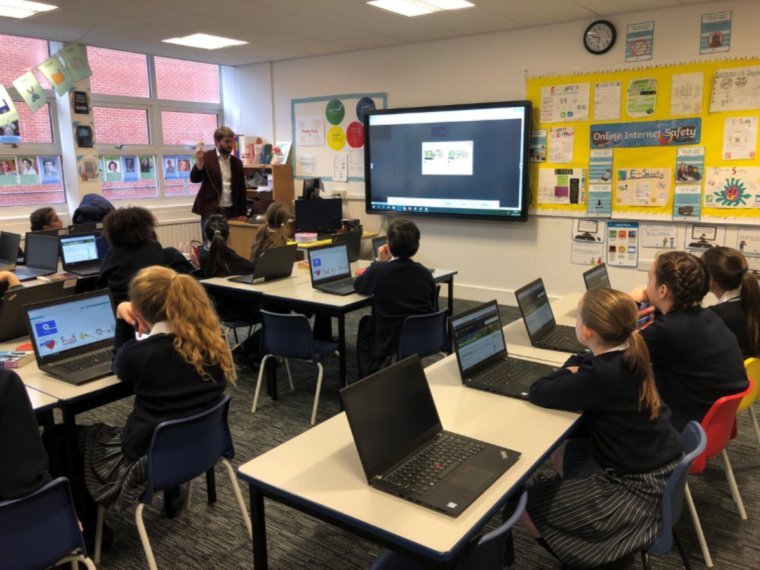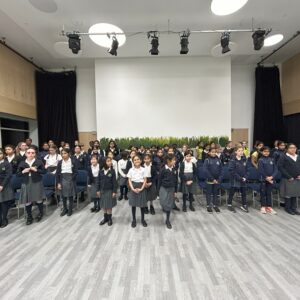News & Events
Mrs Bradshaw’s Blog

Mavis Lever, Margaret Rock, Joan Murray and Ruth Briggs. Anybody know who they were? No?
What about Alan Turing?
Let’s not get bogged down in the whys and wherefores of people knowing the name of the man who broke the enigma code and not any of the women who made up 75% of the codebreakers at Bletchley Park. It is also probably not the moment to mention that the Polish had managed to break Army and Airforce codes before the British and we don’t know their names either.
There are now several books and films telling the remarkable stories of some of the codebreaking women. Their stories are fascinating and for a mathematician, problem solver or puzzle lover, the process is well worth finding out about.
The enigma machine, used to encrypt Nazi messages, could rearrange a message 150 million million million ways and its settings were changed every 24 hours. On the surface, breaking the code appeared to be an impossible task. But the Nazis made two mistakes in their unbreakable code. The first was that in no version of their algorithm did any letter become itself after encryption. This allowed allied code breakers to find words or phrases they suspected would be in a message and narrow the options it could be matched to by discounting any section where a letter stayed the same. The second mistake was using some words or phrases in the same position again and again, for example the morning weather report was always the first message of the day and of course their habit of ending messages with ‘Heil Hitler’. From these two mistakes the code breakers were able to build a machine which checked and discounted letter combinations until they were left with only the code of the day. This was then checked by hand and if it was correct then the nearly 10,000 code breakers would set about using that code to decode the 5,000 messages sent that day before starting the whole process again the following morning!

This week Year 6 had a taste of code breaking curtesy of Barclays and Microsoft during our #DesigningHerFuture week. Barclays visited the girls on Monday and delivered a workshop on how banks use encryption to keep bank details secure, while moving money digitally all around the world. Then on Wednesday and Thursday the girls tried their hand at encryption themselves with Microsoft. They were taught terminology such as cipher, key, decrypt and encrypt and were set a challenge:
They had lost contact with their spy behind enemy lines and needed to decode the distress message which would include the spy’s location. The spy would be using a book cipher but the key could be one of four different books. The Year 6 teams had to build a device using Micro:bits to receive the message then record the message, work out which of the four books was the correct key, decrypt the message and finally send a message back using the same key informing their spy that help was on the way.
Needless to say the girls loved the activity. In fact they loved it so much that one group finished the whole two hour task in an hour and Microsoft had to come up with an extension activity overnight!
Microsoft have worked with every girl from Year 1 – 6 this week on different coding activities and our girls have impressed in every session with their prior knowledge of Computer Science, their engagement with new and challenging tasks, their confidence to share theories and ideas. At the beginning of the week we showed all the Junior girls Microsoft’s #Makewhatsnext video which showcases female inventors. The idea of the video is to show young girls that, while they may not be household names, there are many female inventors to emulate. (click here to view)
I think that there is most certainly a place for celebrating women whose contribution to Science, Mathematics and Technology has been overlooked. Having inspiring stories can only help the next generation of girls. But even more important is letting young girls walk in the shoes of inventors, designers and technologists so they don’t simply appreciate that women can lead in these fields but that they can.
Mrs Sophie Bradshaw
Head of Junior School


More news
Awards and Celebration
GDST Creative Writing Year 12 & 13 – highly commended
Co-curricular



